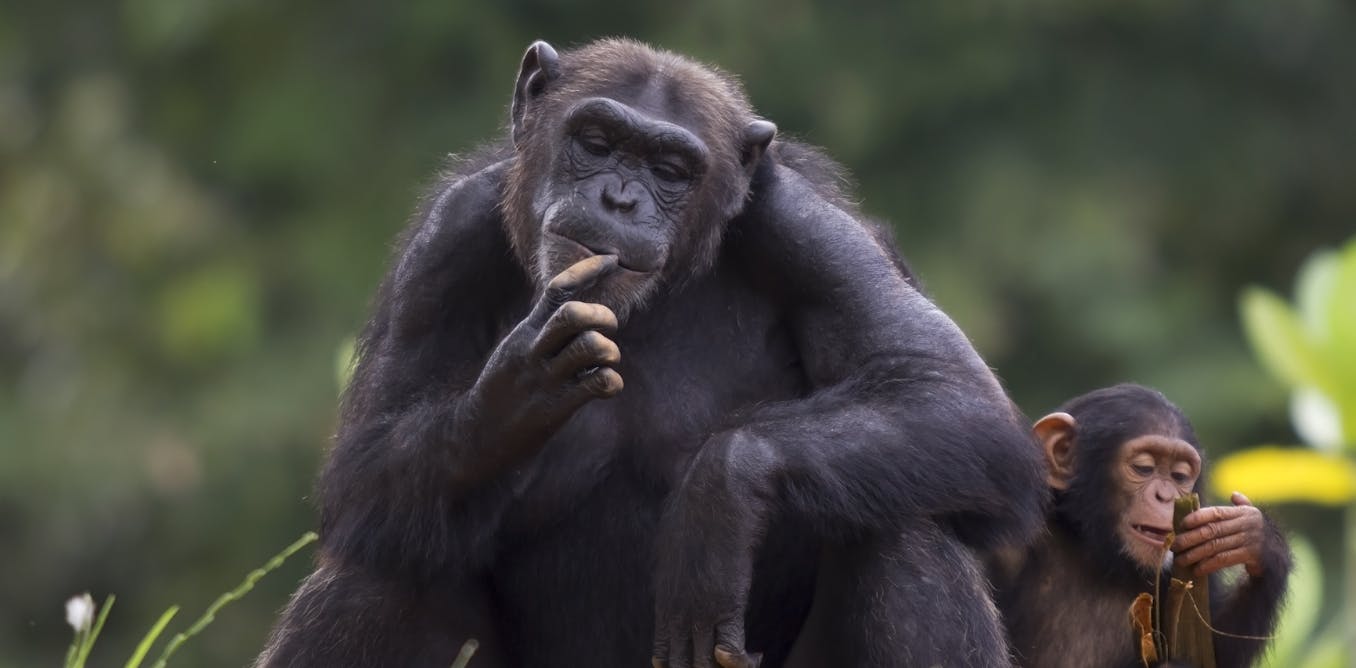Mammals, from the mighty blue whale to the tiny shrew, inhabit nearly every corner of our planet. Their remarkable adaptability to different environments has long fascinated scientists, with each species developing unique traits to survive and thrive.
Despite such vast biological diversity, it was believed until recently that the structure and function of the heart across mammals was the same. But research from my colleagues and I reveals that the human heart is an outlier, distinctly different from those of our closest relatives, the great apes, including chimpanzees, bonobos, orangutans and gorillas.
So, why are humans the odd ones out?
Humans diverged from chimpanzees (Pan Troglodytes), our last common ancestor, between five and six million years ago. In contrast, people evolved to stand upright to engage in greater amounts of activity, such as persistence hunting. And we have developed considerably larger brains.
These changes to humans’ bodies were associated with a much greater metabolic demand, requiring more blood to be pumped to our muscles and brain. Our research suggests that the human heart has adapted to support our upright stance, movement and larger brain


